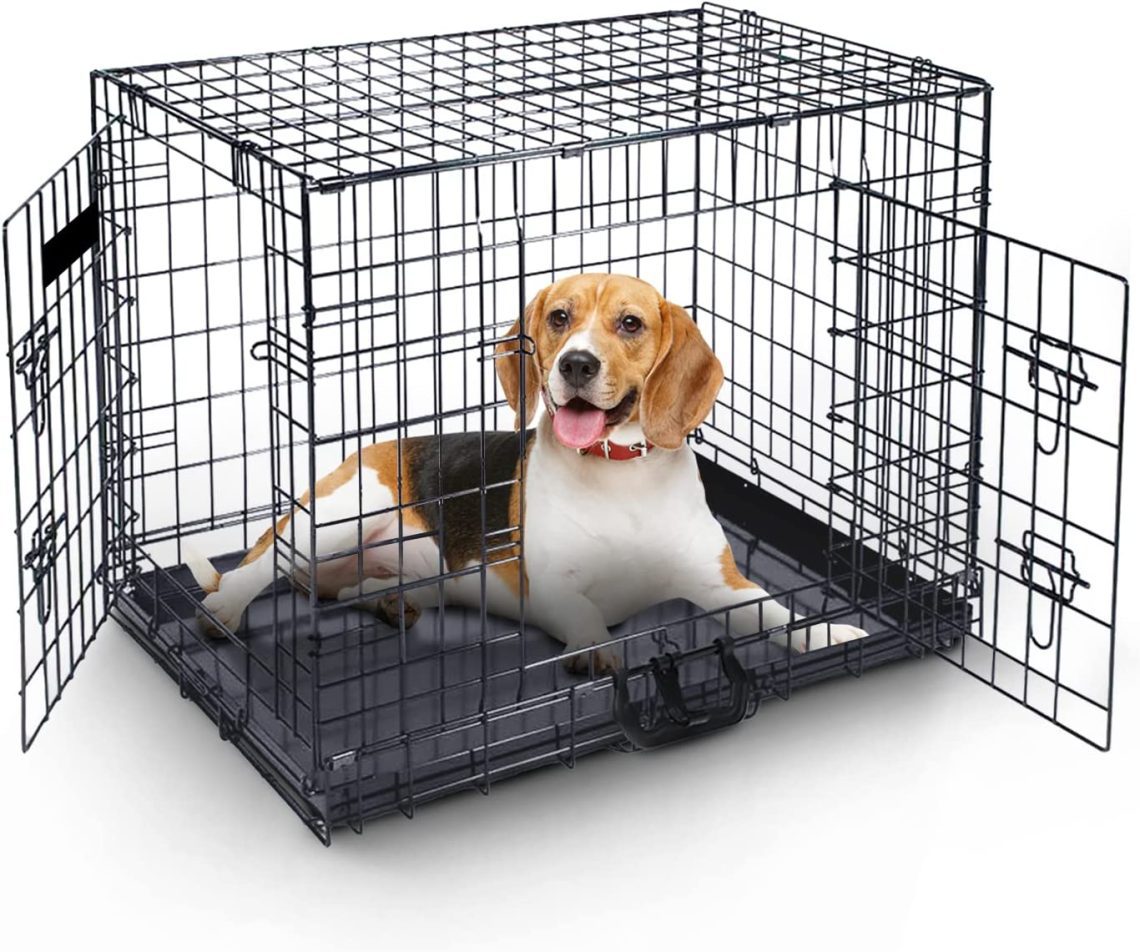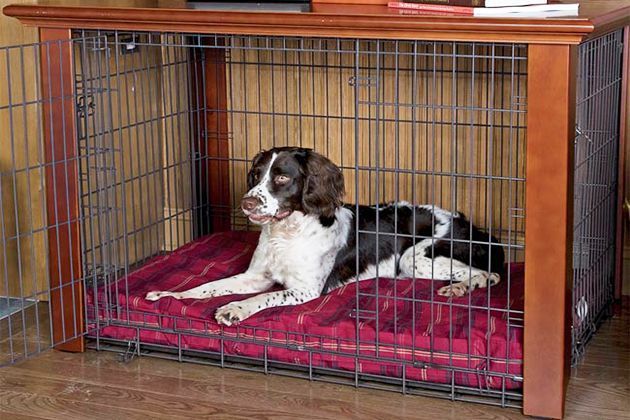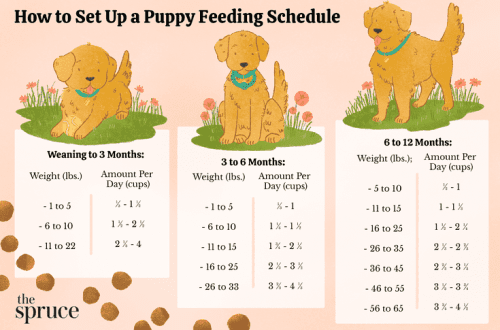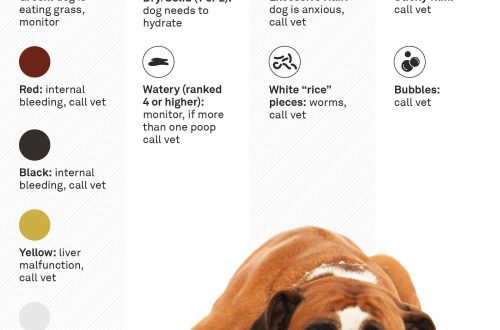
Dog cage

Keeping a dog in a cage during the absence of the owners of the house is not a manifestation of cruelty, it is the protection of the apartment from destruction, torn linoleum, wallpaper, furniture and ensuring the safety of the puppy, away from electrical wires and indoor plants. To make the puppy feel comfortable in a new home, organize your own corner for him. The cage not only creates a safe space when the owners are not around, but is also considered by the dog its personal place where the dog can be in comfort and peace.
Contents
Steel cage structure:
Mesh walls and ceiling, bottom tray made of durable plastic or metal, which slides out easily for easy cleaning. A lattice false bottom can be placed on top of the pallet. Steel cages can be collapsible or collapsible, but both can be easily folded and assembled without the use of any tools. The safety margin of the locks and loops is enough to keep the dog if he tries to break free. The rods are fastened together by spot welding, and the ends are rounded. Some cages come with covers, if not, you can cover the cage with a blanket on top to create a more cozy closed place for the dog. For travel, cages with wheels for large and medium breeds, and plastic carrying containers for small and medium breeds of dogs are convenient. Soft folding cages made of nylon, flannel and fleece are well suited for exhibitions; they look like a tent.
How to choose a cell?
- The size. The cage should be spacious enough so that the dog can sit in it freely, without bending down and not touching the ceiling with his head, lie stretched out to his full height, and without any problems change his position, turn around.
- Grating quality. The wire mesh must be strong and reliable so that the dog cannot bend the grate and get out of it, it must not have notches, chips and sharp corners so that the pet does not get hurt.
- Pallet quality. It is good if the pallet is made of a smooth material and does not have notches and roughness, so it will absorb less unpleasant odors and dirt.
The cage must be selected based on the weight, size, breed, age and temperament of the dog. If the cage will be used exclusively in the apartment, the size of the cage can be chosen 1-2 sizes larger, for a comfortable stay of the dog in it. The cage for trips should be “in size”, so there is less chance of injury along the way on bends and rough roads. If the cage is purchased for a puppy, it is worth choosing “for growth”, taking into account the estimated size of an adult dog, but it is good if the cage has a removable dividing grid to increase the space in the cage gradually as the puppy grows. For especially large or very active breeds, there are cages made of materials of increased strength, with wide rods.
How to train a dog to a crate?
Cage training can take days or weeks, depending on your dog’s age, temperament, and training experience. It is easier to cage train a small puppy than an adult dog, although the technique is almost the same. Do not force the dog to enter the cage. Be gentle and patient.
- Place the cage in a part of the house where family members spend a lot of time. Lay a soft blanket inside the cage. Open the door and let the dog explore the cage to its heart’s content. Many dogs are curious. Praise if the dog went inside, encourage with your voice and treats, you can put the dog’s favorite toy inside.
- After a few days, you can try to close the door. If the dog whines and tries to get out, ignore it. As soon as it stops – praise and release.
- In the future, the time spent in the cage gradually increase. You can go to another room, leave the house for a while. You can also lock the cage at any time, not just when you leave home. Reward for being in a cage. Soon the dog will be able to stay in a cage for your entire working day.
Cage training mistakes:
- Lock the dog in a cage as a punishment, scold him while he is in the cage. The cage is her cozy house, a place of safety and rest, the dog should perceive it only in a positive way.
- Lock the dog or puppy in the cage immediately, forcibly place it in the cage. Learning must be gradual.
Approximate options for choosing a cage according to the size of the dog:
| Dog weight | Cell size (L*W*H) Possible cell firm | Approximate dog breeds |
| up to 12 kg | 60x44x54 (Triol) 61h46h48 | Russian Toy, Maltese, Bichon Frize, Yorkshire Terrier, Rabbit, Miniature, Standard Dachshund, Toy, Miniature and Small Poodle, Japanese Chin, Pekingese, Papillon, Chihuahua, Brussels Griffon, Petit Brabancon, Pomeranian, Small, Medium German Spitz, Miniature Pinscher , Miniature Schnauzer, Shiba Inu, Jack Russell Terrier, Chinese Crested, Cavalier King Charles Spaniel, Pembroke Welsh Corgi, Pug, Sheltie, Beagle |
| 12-18 kg | 76х48х53 (Midwest) 74x55x63,5 (Triol) 78х50х55 (Midwest) 79х49х55 (Midwest) | Basenji, Scottish Terrier, West Highland White Terrier, Australian Heeler, English Cocker Spaniel, Russian Spaniel, Xoloitzcuintle, Miniature Schnauzer, Border Collie, Irish Terrier, Cardigan Welsh Corgi |
| 19-30 kg | 91х57х62 (Savic) 91х58х64 (Midwest) 91х61х71 (Savic) 91,5x56x63,5 (Triol) 94х57х63 (Midwest) | Entlebucher Mountain Dog, American Staffordshire Terrier, American Pit Bull Terrier, Standard English Bull Terrier, Great Poodle, Sharpei, Keeshond, Samoyed, Aussie, English Setter, Irish Terrier, English Bulldog, Miniature Schnauzer, Boxer, Golden Retriever, Labrador Retriever, Collie, Siberian Husky, Dalmatian |
| 31-40 kg | 106х71х76 (Midwest) 107x56x63,5 (Triol) 107х71х81 (Savic) 118х76х88 (Savic) | Golden Retriever, Labrador Retriever, Entlebucher Mountain Dog, Beauceron, Rhodesian Ridgeback, Weimaraner, German Shepherd, Ca de Bo, Akita Inu, Alaskan Malamute |
| 40+ kg | 122х76х84 (Midwest) 124х79х82 (Midwest) | Akita Inu, Alaskan Malamute, Cane Corso, Giant Schnauzer, Bloodhound, Doberman, American Bulldog, Bernese Mountain Dog, Rottweiler |
Please note that these examples are indicative and may be adjusted depending on the parameters of your dog. If the dog is on the borderline in terms of height and weight, it is better to choose a larger cage.





